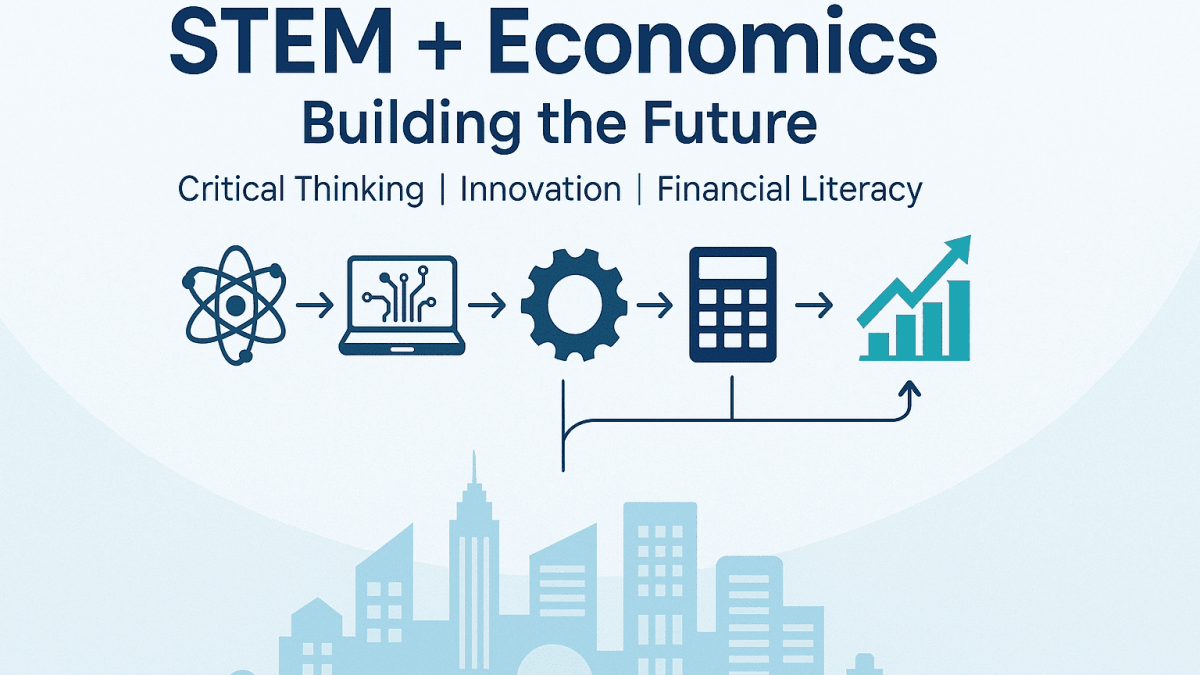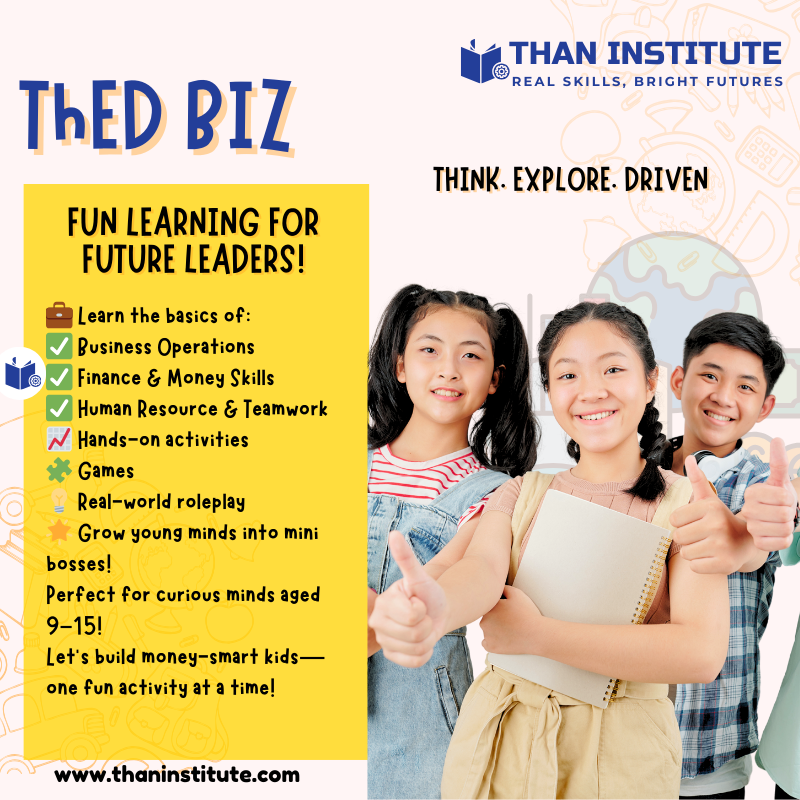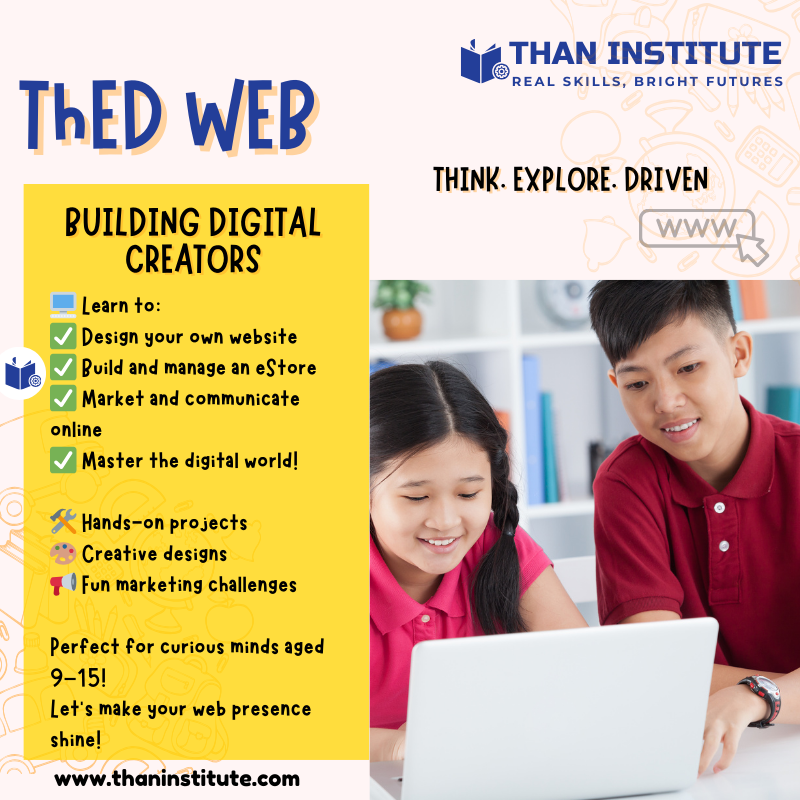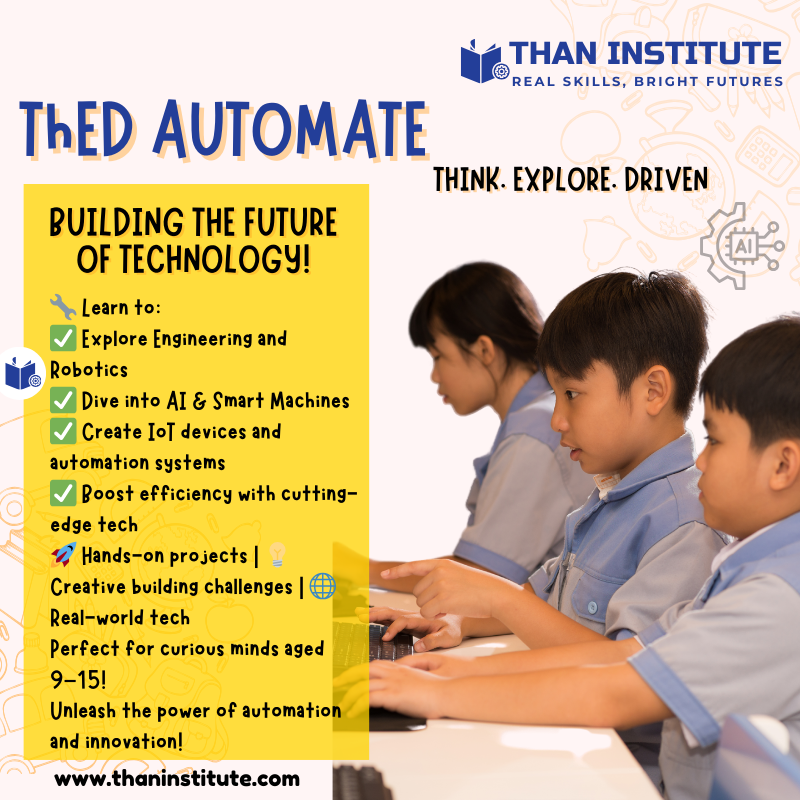
Strengthening STEM Education in Malaysia for a Future-Ready Generation
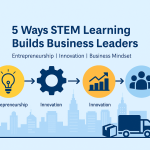
5 Ways STEM Learning in Malaysia Builds Future Business Leaders
In today’s fast-changing world, students need more than just textbook knowledge to succeed. They need the ability to think critically, solve real-world problems, and adapt to new technologies. STEM education—focused on Science, Technology, Engineering, and Mathematics—builds these essential skills. But beyond preparing students for technical careers, STEM education is deeply connected to economics.
Why is this link so important? Because the skills gained through STEM are also the foundation for understanding how economies work, how industries grow, and how individuals can make smarter financial decisions. Here’s why STEM education and economics go hand in hand:
Mathematical Thinking Builds Economic Understanding
Mathematics is a key pillar of STEM education and the language of economics. Students learn to analyze numbers, find patterns, and solve problems logically—skills essential for economic understanding.
For example, when students practice calculating percentages, understanding graphs, or solving for unknown variables, they build the ability to interpret economic indicators like inflation rates, interest rates, and currency exchange values. Whether it’s budgeting for a household or forecasting a national economy’s growth, mathematical thinking plays a crucial role.Problem-Solving Skills Prepare Students for Economic Challenges
Economics is full of complex problems: How should a country allocate resources? How does a business balance costs and profits? How do individuals manage debt or invest wisely?
STEM education trains students to approach problems methodically. Through engineering projects, coding challenges, or scientific experiments, students learn to analyze situations, consider trade-offs, test solutions, and optimize outcomes—exactly the type of thinking needed to tackle economic issues, both big and small.Technology and Innovation Drive Economic Growth
The link between technological innovation and economic development has never been stronger. Industries like e-commerce, fintech, health tech, and renewable energy are reshaping global markets, creating new jobs and new forms of wealth.
By learning about robotics, artificial intelligence, and big data through STEM, students gain insights into how these technologies drive productivity, efficiency, and economic transformation. Understanding innovation is key to understanding modern economies—and STEM education gives students a front-row seat to this revolution.Scientific Research Influences Economic Policy
Scientific discoveries often have major economic impacts. Breakthroughs in healthcare, agriculture, energy, and environmental sciences not only improve lives but also change how economies operate.
When students learn to ask questions, conduct experiments, and interpret evidence—core parts of STEM—they build the skills to understand how research shapes public policy, trade regulations, and new industries.
For instance, developments in renewable energy technology influence economic policies promoting green investments, while advances in biotechnology lead to growth in pharmaceutical industries.Data Analysis Skills Empower Economic Decision-Making
In the modern economy, data is power. Understanding consumer behavior, stock market trends, environmental risks, or business performance all require data analysis skills.
STEM education emphasizes data collection, interpretation, and application. Students learn how to graph results from experiments, model scenarios, and predict outcomes based on evidence. These abilities directly support economic thinking, from deciding how to allocate resources efficiently to evaluating market opportunities or risks.
Why This Connection Matters
Strengthening the connection between STEM learning and economic literacy is not just about creating more engineers or scientists—it’s about preparing students to succeed in a world where critical thinking, financial savvy, and technological fluency are all essential.
Economics is no longer just about supply and demand curves—it’s about understanding complex global systems influenced by technology, innovation, and scientific advancements. Students who are equipped with both STEM skills and economic understanding will be better positioned to become future entrepreneurs, business leaders, policymakers, and innovators.
A Real-World Example
Take the rise of fintech companies like GrabPay, ShopeePay, and Touch ‘n Go eWallets in Malaysia. These businesses combine mobile technology, digital engineering, and economic strategy to reshape how Malaysians spend, save, and invest money. Students familiar with both STEM and economics can better understand and even create the next wave of digital financial services, boosting the economy further.
By integrating STEM education and economics, we are not just building smart individuals—we are building a smarter, more resilient economy. When students master STEM skills, they also build the foundation for understanding markets, managing resources, and innovating for the future.
STEM education doesn’t just create scientists and engineers. It creates thinkers, creators, and leaders ready to shape the world.
